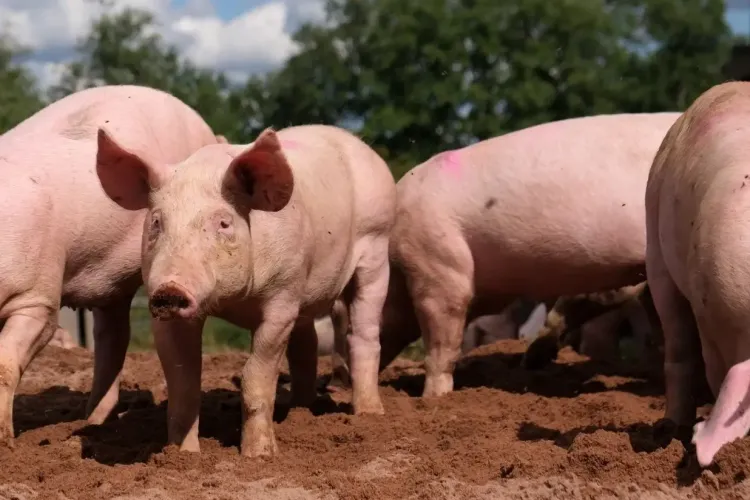What Measures is Sri Lanka Taking to Combat Swine Fever?

Synopsis
Key Takeaways
- Sri Lanka has declared all districts as ASF risk areas.
- New regulations aim to prevent the spread of the disease.
- Pigs are now classified as disease risk animals.
- Slaughtering and processing activities require permits.
- ASF poses significant risks to the agricultural sector.
Colombo, Oct 8 (NationPress) The Department of Animal Production and Health in Sri Lanka has released an extraordinary gazette notification detailing measures aimed at curbing the spread of African swine fever (ASF), as reported by a senior health official to local media on Wednesday.
According to Hemali Abeyrathna Kothalawala, the director general of the Department, all districts in Sri Lanka are now classified as ASF risk zones, and pigs have been identified as disease risk animals.
The gazette is effective as of October 3, 2025, and will remain in force for up to three months from the implementation date, unless it is revoked earlier or extended.
As per the new regulations, several activities are closely monitored. These include the slaughtering of pigs for meat without a transport permit; the sale, display, storage, or distribution of pigs, pork, pork products, or infected materials without appropriate authorization; and any slaughtering, storage, or processing activities in facilities not approved by an authorized officer.
Sri Lanka first faced the threat of African swine fever in 2024, according to reports from Xinhua.
African swine fever is a serious viral disease affecting pigs, caused by the Classical Swine Fever Virus (CSFV) and African Swine Fever Virus (Asfivirus). These viruses lead to severe illness in pigs and can be transmitted through direct contact with infected animals, their bodily fluids, contaminated feed, and in some cases, ticks.
It is important to note that swine flu, caused by influenza A (H1N1) viruses that originated in pigs, has adapted to spread between humans. This virus is transmitted through respiratory droplets from coughing or sneezing and can also spread via contaminated surfaces. Although named after its origin in pigs, it is primarily a human-to-human illness today and is not contracted through the consumption of pork products.









